The Apple Watch Review
by Joshua Ho & Brandon Chester on July 20, 2015 8:00 AM EST- Posted in
- Wearables
- Apple
- Mobile
- Apple Watch
Apple Pay
I normally don’t cover mobile payment solutions, but in the case of the Apple Watch I suspect this is the fastest way for anyone not using an iPhone 6/6 Plus to get Apple Pay access. Although I’ve never written anything about Apple Pay on the iPhone 6, in my experiences it’s probably the best solution around when it comes to easy payment due to the NFC boosting that makes the iPhone 6 send and receive NFC with no real orientation dependence and TouchID payment authentication. Coming into this review, the real question for me is whether Apple Watch could have the same seamless experience.
To try and figure out the answer to that question, there are really a few elements to the payment experience that have to be figured out. The first is authentication, which can easily be the biggest downfall in the experience. To this end, Apple has figured out a pretty smart system of wrist detection combined with a PIN code which ends up making for a pretty seamless experience. At the start of the day, you input your passcode when you put on the watch, and any time the watch is removed you have to input the passcode again or else pretty much everything (including Apple Pay) is locked out. If you lose your watch, no one can access the payment component without your PIN.
This effectively means that when you’re paying for something with the watch, all you have to do is double-tap the side button to activate Apple Pay. I’m not sure why it’s strictly necessary for NFC to be off unless the user activates it, but it’s likely that even the standby power of NFC would be significant with the battery of the Apple Watch.
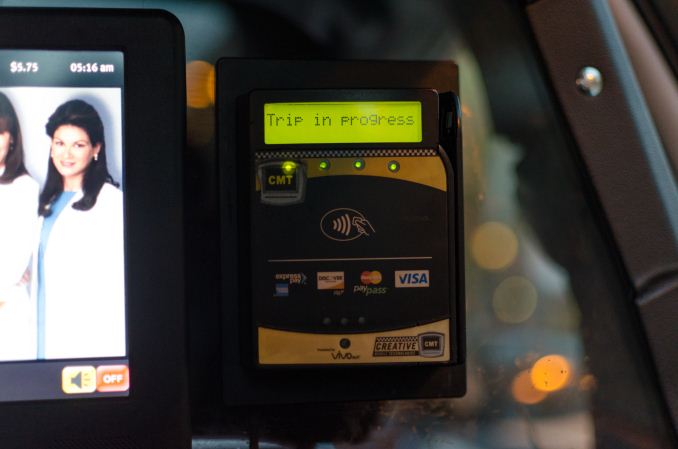
This payment terminal was at head-level in the back of a taxi
The second potential roadblock is ease of use with payment terminals. To this end, the RF component is actually without issue. I didn’t find myself particularly constrained in terms of distance or orientation of the watch to interface with readers. However, I think the problem with payments on the Apple Watch is that in some cases readers are just placed in positions that require some really odd contortions to get the watch to the reader, regardless of whether the NFC RF subsystem is well-designed. Anything at chest or waist level was usually without problems, but I noticed that readers mounted at head-level were remarkably difficult to use with Apple Watch. Other issues like setup for card payments were really without issue, and I suspect most people won’t have any problems setting up their watch for Apple Pay.
Ultimately, while Apple Watch will work just as well as an iPhone 6 for payments, the real downfall here is mostly a problem of physiology. While in some cases using the watch for payments is a natural gesture, there are a number of edge cases that require a lot of contortion to get the watch to the payment terminal. If you don’t have an iPhone 6/6 Plus and you want to use Apple Pay, Apple Watch is probably the best way of getting Apple Pay. However, I still think the smartphone is a better platform for payments for ergonomic reasons.
WatchOS Final Words
The Apple Watch has a completely new OS, which warrants some especially close scrutiny of the OS as any early design decisions made have a tendency to snowball in terms of momentum, so it’s almost impossible to make some changes once applications are widely using shared libraries and APIs that are expected to work in a temporally consistent manner. To recap for those that don’t want to read everything previously discussed, there are a few areas that are worth examining in WatchOS, namely the watch functionality itself, notification handling, glances, apps, communication, fitness, and Apple Pay.
The watch functionality is solid, and Apple has created a number of compelling, useful, and deeply customizable watchfaces. The use of Force Touch and digital crown here makes a lot of sense when it comes to training the user for the rest of the UI, and the ease of use in customizing the watchface is truly great. There is the issue of no public API for watchfaces, but I suspect that this will come with time as it’s important to ensure that such an API is properly designed for long term support. Glances are well-executed and a useful feature, but I don’t really get the point of integrating heart rate monitoring into a glance or similar cases of app information as anything important to me ends up as a complication on the watchface. In practice, I think glances are best thought of as quick settings toggles rather than sources of glanceable information. To this end, the ability to turn on power reserve mode, toggle airplane mode, silent mode, do not disturb mode, and ringing the paired iPhone, and other controls like music playback control are definitely welcome and make a lot of sense.
When it comes to notification handling, once again I think Apple has done an effective job from a UI perspective as the notification shade uses familiar constructs from iOS/Android and the use of Force Touch to dismiss all notifications is a nice touch. However, I do have issues with how multiple simultaneous notifications are handled, which should be converted into a list view of all notifications rather than a single notification that indicates there are multiple notifications from the same application. Other than this, I think Apple has done a solid job with all the necessary features (do not disturb, actionable notifications, dismiss all, smooth UI). From a broader UX perspective the Taptic Engine is good enough to be worthy of a separate discussion, but within the context of notifications it works well.
Apps are ultimately what make a platform, because at the end of the day the reason why people use any general purpose computer is because of the apps that it can run. To this end, there’s currently a huge division in quality and functionality between first-party and third-party apps. Apple’s applications are executed well, with pretty much all the functionality that makes sense and great design. I never really had any frustrating moments with Apple’s apps on the watch. For any kind of input, there was always the ability to use Apple keyboard predictions or Siri voice input, which covered just about every case in which I wanted to input some kind of text in reply.
However, the same can’t be said of third-party apps. Probably the best example of this is Uber, which is literally just a button to request a pick-up with no other options when I can easily imagine a UI leveraging the digital crown to precisely indicate pickup, and swipes or Force Touch to select the type of Uber I want to use. This kind of UI is simple, but arguably too simple for a watch with as many UI tools as Apple Watch. I’m not sure that “native apps” will necessarily fix everything here, but native apps combined with developer experience and more powerful hardware will probably deal with most of the complaints I have about third party apps for WatchOS 2.
Communication is really a part of apps, but deserves specific mention because it’s such a critical task of the Apple Watch. To that end, there are really three key native apps that fall under this category. These are the phone, messages, and email application. All of these are well-executed, and in practice the user experience around all of these is pretty much painless. One could argue that email is missing some functionality, but for at a glance email viewing it works pretty much as it should. Fitness falls under a similar category in the sense that it’s a subset of the apps category, but if nothing else, Apple has made a great fitness tracking application when it comes to information presented, design, and ease of use. Apple Pay is also well-implemented in terms of ease of use, but there’s a fundamental issue with ergonomics that prevents Apple Pay on the watch from being as great as it is on the iPhone.
Overall, I think Apple has created an OS that is forward-looking and fully capable of supporting future iterations of Apple Watch without too much trouble, although many details will change as time goes on. However, for early adopters I suspect there will be some objection to performance. As one might be able to guess from our S1 CPU analysis, the S1 SiP is not going to be able to come close to a modern smartphone for performance, which means that even basic UI tasks can be a bit of a struggle with visibly-dropped frames when scrolling and swiping through some parts of the UI like the fitness app. There’s also the issue of app load times, but I suspect this will disappear with the inevitable advance of Moore’s law and native apps can load almost instantly in some cases.
Currently, third-party apps are lacking either from the lack of native app support or from general unfamiliarity of design principles for the watch. Probably the only real criticism I have for the OS overall is that there’s currently a distinct lack of watch independence, as if I set the iPhone to airplane mode but keep the watch able to connect to the internet applications like weather are unable to download anything even though it should be able to connect to my home router and download this kind of information anyways. Given the number of constraints that come with the wearable form factor, WatchOS is probably one of the best OSes out there for wearables.


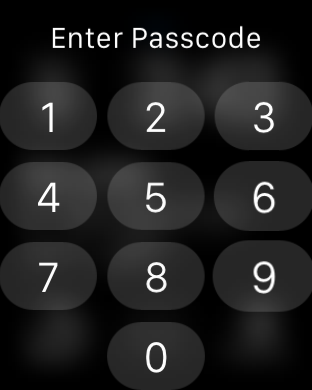

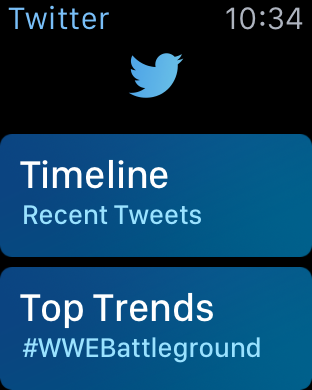
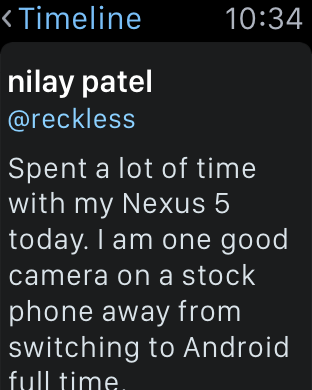
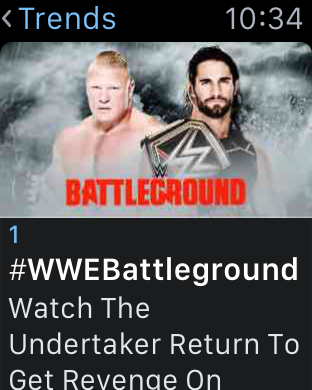
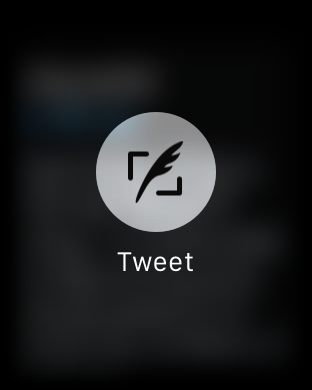
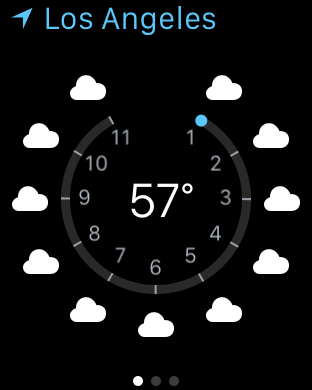
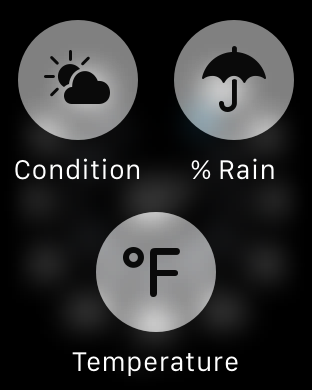


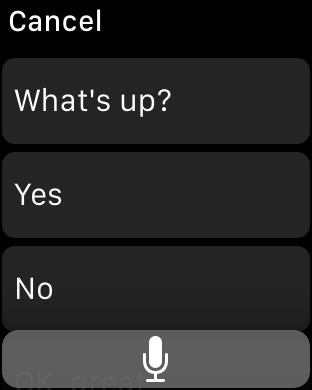
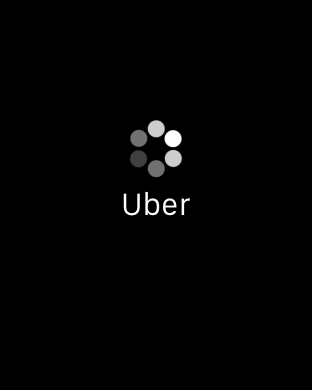


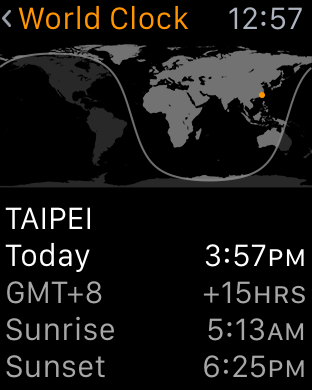

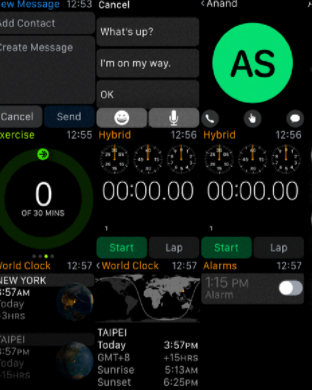
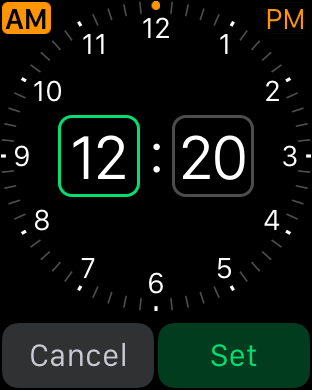
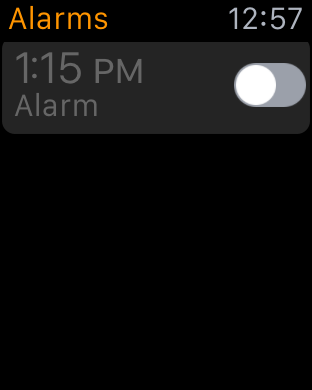








270 Comments
View All Comments
fred deer - Monday, July 20, 2015 - link
Anandtech has put their Apple buttkissing into overdrive now that Anand works for them.Where is the objectivity Anandtech was once famous for? Why does Anandtech feel the need to make excuses for Apples shortcomings? They only do this for Apple products. Here are two examples, the watch is slow, but we know Apple will improve this. The apps aren't very good but they'll get better over time. You suck Appletech.Smog35 - Monday, July 20, 2015 - link
The price is steep to finger this.KPOM - Monday, July 20, 2015 - link
So I see the anti-Apple crowd is out in force here. It's interesting to see a tech reviewer with a mostly positive view. A Wristly survey seems to show that non-techie people like the Watch better than techie people. Perhaps it's because they see the Watch for what it is, and aren't judging it solely as a tech product.At the same time, it's good to get an AnandTech view, since they are very good at addressing the limitations of the technology and giving us a sense of what we can reasonably expect for the future. Move this to a 14nm process, or even a 10nm process in a few years, and the Watch may be a lot more fluid and last even longer.
Impulses - Monday, July 20, 2015 - link
I appreciate having an AT review of the Watch, regardless of tone, if nothing else because they'll be more meticulous than almost any other site so it'll actually be worth reading even if I don't necessarily agree with the conclusion.My only quibble is that there seems to be multiple allusions to other wearables but they're never directly compared or even mentioned. I realize that the iOS buyer that's thinking of getting an Apple Watch is probably not cross shopping much but still...
Any other wearable review will surely feature plenty of direct comparison to the Watch. There's things that work very differently across the field, but even when it comes to highly subjective things like fit there ARE points of comparison.
For instance, something like the distance from strap lug to lug can vary greatly independently of actual watch size and it's something casual blog reviews don't really pay attention to.
dusk007 - Monday, July 20, 2015 - link
I think the anit-AppleWatch vibe is strong with how many posts are phrased here but still there is some truth in it. The reviewer only mentioned the rather old Moto 360 as a state of the art comparison. Nothing about the 42mm diameter Huawei watch that looks really good and much better than the moto 360 which was first to market but is old tech today. G watch R and what they are all called.I love AT reviews about chip architectures and stuff, but where Apple is concerned they always had quite bit lacking in objectivity I feel. Maybe a Huawei Watch review will balance the scales.
Personally I still don't see this device really taking root outside of the die hard Fanboys and tech geek crowd. I have read a few reviews but a wrist watch is still a bother (I never found one uncomfortable just annoying), the Apple one is especially expensive and they seem to solve little that needs solving. It is nonessential, a bit of a techy toy and expensive, I don't see it taking off. iPhones are subsidiced, ipads are family devices, that justifies the cost. For the watch I don't see the big market that whole smartwatch industry is hoping for.
SR22pilot - Monday, July 20, 2015 - link
Data says non-techies are happier than techies. My experience backs it up. My girlfriend loves hers. It has taken longer for it to grow on me. It isn't an iPad that entertains. Apple Watch reduces your time consumed with technology. As for the review, my disagreement is with the statement that heart rate doesn't belong on a glance. My girlfriend had a heart issue and loves having heart rate easily accessible.JoshDouble - Tuesday, July 21, 2015 - link
The Huawei Watch hasn't been released yet. "According to He Gang, an executive from Huawei’s smartphone division, it’s the Android Wear platform that’s causing problems. The company is adapting Android Wear to work without Google’s services in China, where they aren’t available, and to adopt Huawei’s suite of apps instead. It’s a time-consuming and highly technical operation, and has forced Huawei to push the release date until September at the earliest."Haters are gonna hate it, but Apple has nailed it once again and is already dominating this new market.
dusk007 - Tuesday, July 21, 2015 - link
To not have the fragmentation problems, Google from the start did not allow any skinning of Android Wear. I see how that might be an issue for Huawei. But from a pure hardware perspective it is the prettiest device I have seen.Daniel Egger - Monday, July 20, 2015 - link
> So I see the anti-Apple crowd is out in force here. It's interesting to see a tech reviewer with a mostly positive view. A Wristly survey seems to show that non-techie people like the Watch better than techie people. Perhaps it's because they see the Watch for what it is, and aren't judging it solely as a tech product.That's exactly what I don't understand: The Apple Watch is a horrible watch (actually not much different from pretty much any other smartwatch on the market...). Two items are essential for *any* item which wants to be coined a watch: Decent battery life and permanent readability. The Pebble gets very close to that; anything else is simply a complete failure.
Call the Apple Watch a status symbol, a geek tool, a toy, jewelry ... but please not a watch.
tipoo - Monday, July 20, 2015 - link
"I’ve never really used a fitness tracker that keeps track of something as simple as standing time, which seems like an obvious metric to track as soon as you start using the fitness functions of the watch because sitting for extended periods of time can have significant effects on health regardless of how much exercise you do. "I don't really get this aspect of the Apple Watch's fitness part. It makes you stand for a total of minutes more per day, you could fill that entire bar while still sitting most of the time, like I suspect most people would still be doing in office jobs and such. Would that really make a difference? Everyone knows sitting too much is bad, but how can standing for a minute per hour or whatever make any difference?